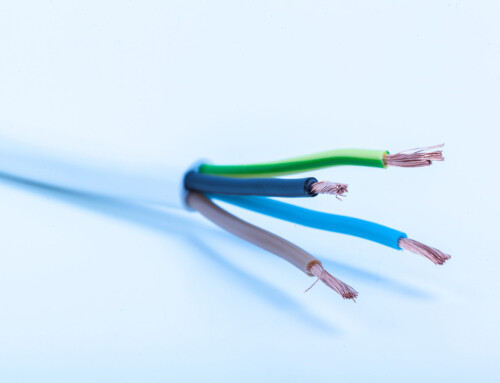Table of Contents
When the power goes out, the load is transferred from utility power over to a backup or secondary power source using an automatic transfer switch. It is imperative that the switch is selected with reliability, safety, and capability in mind. It is, therefore, important to look at technical factors that include the kind of load, style, continuous current rating, size and voltage rating. Other considerations include reliability, compatibility as well as price.
How does it operate?
You will need to look at how the automatic transfer switch works:
- Open-Transition – These are transfer devices that need to open the source they are connected to prior to connecting to the other device. This means that there will be an interruption for a short period of time.
- Fast closed-transition – This one does not need to open before connecting. The two sources work parallel and the initial source is disconnected when they are both available.
- Soft closed-transition – Here the devices work by actively synchronizing the sources and connecting them using a ramp load impulse.
- Sub-cycle transfer – There is a slight interruption with this one since the switch takes a quarter of the power cycle. It is usually used with a UPS device.
Selecting with mode to use is based on the loads needed. If you are purchasing for a hospital, you will want one that does not have any power interruption since life support machines will be dependent on it. On the other hand, if you are purchasing for a commercial office building, then a few seconds of interruption can be tolerated.
Continuous Current Rating
The automatic transfer switch you select should be capable of supplying maximum current for up to 3 or, even more, hours. The current should be carried continuously from the power source. The current ratings usually range between 30 and 400 Amps. It is important that the rating matches the use by the main breaker. This means that if your main breaker carries 100 Amps, then your ATS should also carry 100 Amps.
Load Type
There are various load types. They include:
- Restrictive loads motor
- Total system loads
- Electric discharge lamp and incandescent lamp loads
You will find the generator marked with the load type that it handles. An ATS is able to deal with the total system load and is therefore often recommended since it deals well with a wide range of loads.
Voltage Rating
An ATS can be connected to two AC power sources that are not synchronized. This is important since this transfer switch is expected to provide insulation that is adequate to deal with increased voltage.
ATS Styles
These come in 3 styles. This is important because sometimes your client will want a specific style.
- Load Centers – This one combines the sub-panel and ATS in one circuit. It is limited in the senses that it can only power small loads in a domestic household. It only handles 8 to 16 mission critical circuits at once.
- Standard Switches – This is the old way of doing things and is therefore not very popular today. It is where the ATS is installed along with the sub-panel.
- Service Disconnect – If you are dealing with a larger generator or are looking to power a home that uses as much as 200 Amps, then this is the ATS that you are looking for. It is often installed in between the electrical panel and the meter. Of the 3, it is the priciest option but it is much easier to install than the load center.
In order to select the automatic transfer switch that works for the particular situation, you need to understand the applications as well as the needs of your client. You want a switch that is reliable and automatic with minimal interruption or no interruption at all if you are dealing with an emergency situation. Give us a call and let us discuss the options available to meet your need.






